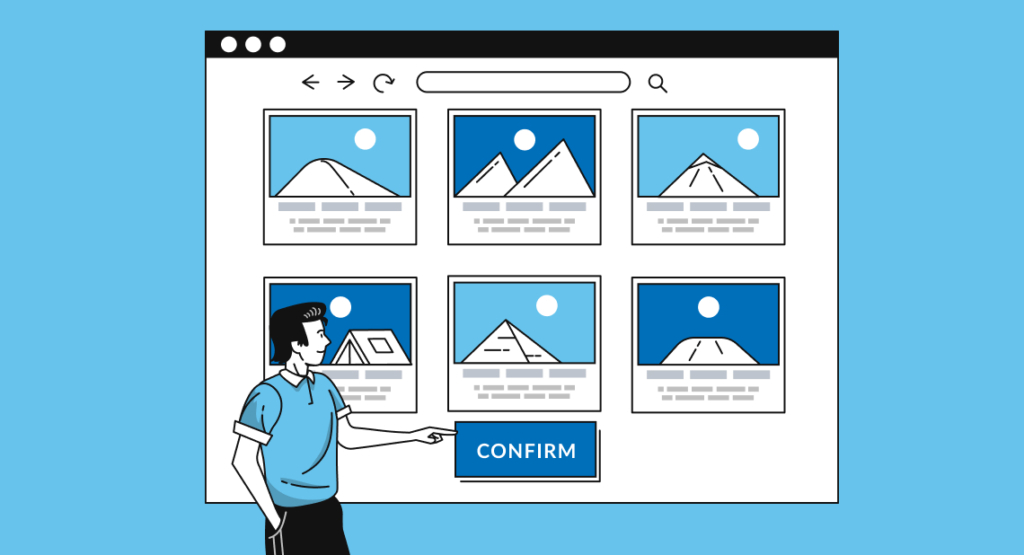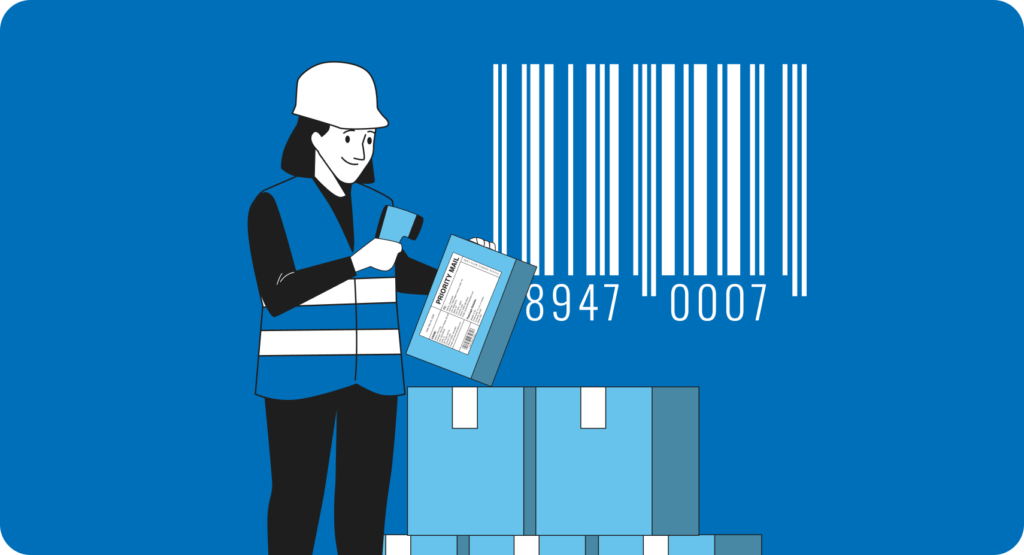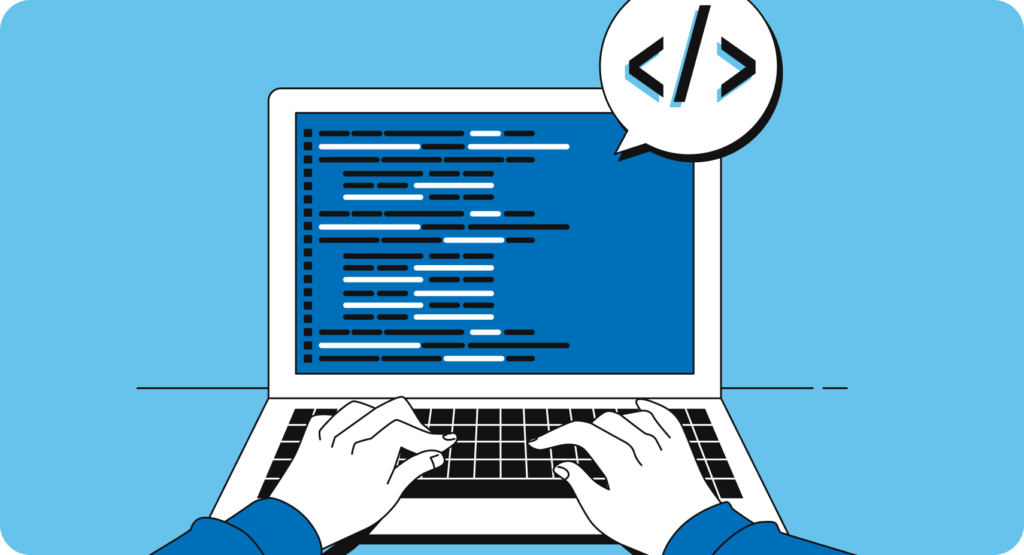Imagine your team, ready to meet the challenges of a growing business, only to find themselves bogged down by the constraints of Oracle Business Intelligence Publisher (BI Publisher).
As the demands for dynamic, flexible, and high-performing document generation grow, the limitations become clear. You need a platform that not only keeps pace with your growth but one that anticipates and meets the needs of a modern enterprise.
Enter DocOrigin by Eclipse Corporation—a purpose-built, high-performance document generation platform designed to solve the challenges BI Publisher cannot. Created by industry veterans with deep expertise in enterprise document generation, DocOrigin is more than a replacement; it’s the ultimate upgrade. DocOrigin not only matches but surpasses BI Publisher in speed, flexibility, and ease of use, freeing up your team to focus on what matters most: achieving business goals.

In highly regulated sectors, accuracy is everything. DocOrigin offers advanced light table matching, ensuring every component—text, barcodes, and images—aligns precisely as required. This feature supports complex compliance needs, from financial reports to legal documents, meeting standards with ease while reducing manual adjustments.

Many businesses rely on fast, accurate label printing to keep operations moving. Unlike BI Publisher, which may require middleware to connect to label printers, DocOrigin integrates seamlessly with leading brands like Zebra and Toshiba. This direct compatibility reduces waste, saves costs, and ensures high-speed output that scales with your demands.

DocOrigin doesn’t just offer customization; it opens limitless possibilities. With the ability to include JavaScript at every stage in the document generation process, your team can tailor documents dynamically, handling even the most complex requirements without constraints. This functionality allows you to meet unique client or regulatory demands with ease—something BI Publisher simply can’t match.

DocOrigin’s design interface is streamlined for enterprise needs, eliminating the need for external programs like Word or Excel. Built with ease of use in mind, DocOrigin empowers your team to create, adjust, and implement designs directly within the platform, drastically simplifying document generation processes and reducing dependence on additional applications.
DocOrigin’s feature set was developed to provide unmatched flexibility and reliability, especially where BI Publisher falls short:


DocOrigin allows you to embed rich text and external PDFs directly into documents
without cumbersome conversions. Whether incorporating product instructions, legal
clauses, or compliance notices, this feature maintains document integrity and
functionality, helping your team meet operational and regulatory standards.
In industries like manufacturing and logistics, invoices or shipping records often include detailed, multi-tiered tables. DocOrigin supports these intricate data layouts
effortlessly, while BI Publisher’s reliance on XSL-FO limits flexibility and complicates designs. DocOrigin makes complex data presentation straightforward and manageable.
For companies operating globally, DocOrigin simplifies regional document variations. Its profile, auto-translate and locale support adapt logos, addresses, language, number and date formatting based on the recipient’s region. This flexibility streamlines document generation for a diverse audience and keeps branding consistent worldwide.

Migrating to a new document platform can feel daunting, but Eclipse’s Form Conversion Service (EFCS) makes the transition seamless. EFCS allows you to transfer existing BI Publisher templates to DocOrigin, preserving your original designs and reducing the need for full redesigns.
Learn more about how our EFCS can ensure a smooth, seamless transition.
Eclipse is here to support your migration every step of the way. Let’s talk about how DocOrigin and our conversion service can help your team do more with less effort, transforming your document generation process into a competitive advantage.
Contact us to discuss your migration needs and schedule a personalized demo.